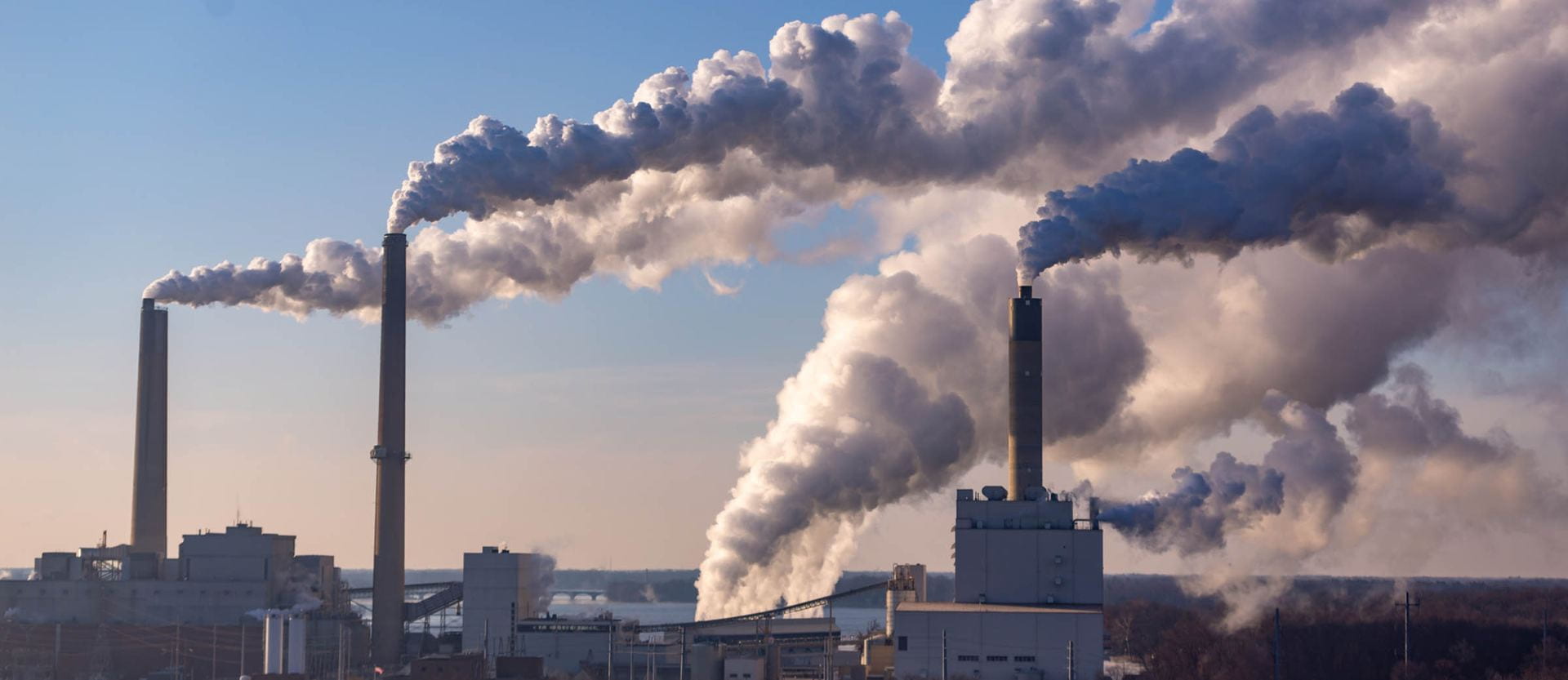The choices consumers make have a crucial imprint on the direction of the energy industry—for better or worse. As businesses jostle to balance their economic needs and their desire for a cleaner, more sustainable world, it’s consumers who often end up driving changes within the industry.
Yet, consumers are also a reflection of their surroundings—and a bevy of complicated external forces are pushing them toward alternatives. High gas prices driven by the war in Ukraine, for instance, have pushed many people to more seriously consider an electric or hybrid vehicle. Policy, too, can weigh heavily on consumer choice.
At the SMU Cox Maguire Energy Institute’s Energy Outlook ’23 symposium, a group of panelists discussed how consumer sentiment and demand impact their industries. “Scale is the name of the game,” says Xavier Tison, director of energy innovation at the Maguire Energy Institute at SMU Cox. “A lot of the discussions were centered around the lack of scale to be leveraged by the consumers. Scale enables the costs to come down, as right now, lower carbon alternatives are comparatively expensive.”
Keith Norman, chief sustainability officer at Lyten, a decarbonization materials company developing locally sourced and manufactured EV batteries free of nickel, cobalt and manganese, says consumers and businesses alike are balancing a desire for clean energy with competitive costs. That means not only focusing on climate but also emphasizing shoring up the supply chain. “Ultimately, my customer doesn’t want the risk uncertainty and price fluctuations that come with a geopolitically unsecure supply chain, especially as demand for critical minerals skyrockets in a world focused on energy transition,” Norman says.
The future of transportation was a key focus of the conversation, as both road and air travel are among top climate concerns among consumers. Both industries face both challenges and new opportunities to evolve.
EVs, Lithium, and the Future of Transportation
The most prominent sustainability trend in the world of automotives is, of course, the shift to electrification. Whether they’re driven by reducing carbon emissions or the promise of a smaller gas budget, consumers are buying electrified vehicles in greater numbers. At Toyota, that means not only battery electrics but hybrids, plug-in hybrids and hydrogen fuel cell electrics, as well. “From a consumer standpoint, there’s interest in all those technologies,” says Tom Stricker, another panelist and the group VP of sustainability and regulatory affairs at Toyota Motor North America.
But hurdles remain. Hydrogen and EVs alike have the challenge of the requisite infrastructure that comes with it. When it comes to hydrogen, California is behind on its objectives regarding fueling stations—and some drivers have reported reliability problems with the existing fuel stations, Stricker says. The company has sold about 10,000 hydrogen fuel cell vehicles in California. Outside the state, fueling stations are extremely few and far between.
More broadly, Toyota is grappling with what Stricker sees as a disconnect between policy, the company’s ability to make maximum environmental impact and consumer understanding of both. Replacing an average internal combustion engine car with a battery electric vehicle, for instance, can save about 3.7 tons of greenhouse gases a year, Stricker says, but it takes a massive amount of minerals to create the battery. A plug-in hybrid generates less greenhouse impact and requires fewer minerals; a hybrid reduces both categories even further.
“Let’s say you have a wheelbarrow of 500 pounds of minerals in it—cobalt, lithium, manganese, all these things that go into batteries,” Stricker says. “You can put it into one battery electric vehicle—let’s say 100 kilowatt-hours, so a 300- or 350-mile range. You can take that same wheelbarrow of minerals and put it into six plug-in hybrids that have a 50-mile range.” That, Stricker says, would produce 20 tons less carbon per year compared to the 3.7 tons of the battery electric. “If you take that 500 pounds and put it into all hybrids, you can do 90 hybrid vehicles,” he says. “And with that, you can reduce 138 tons of carbon per year.”
Stricker’s conclusion, he says, is not an indictment of battery electric vehicles—for users who need to regularly travel longer periods without recharging, it can make sense. “The policy point is: If we’re going to be using minerals, we should try to use them as efficiently as we can, because they’re scarce,” he says.
In other words, the shift to electrified vehicles may not be as cut-and-dried as it first appears.
“We do think there will be a shift to greater and greater electrification and, potentially, all electrification at some point in time,” Stricker says. “The question is, really, what that pathway looks like.”
Reducing Air Travel’s Carbon Footprint
Jill Blickstein, VP of sustainability at American Airlines, says the path to sustainability for major airlines, for the foreseeable future, is through two key mechanisms—sustainable aviation fuel (SAF) and a new form of propulsion. Not yet widely available, SAF is similar in chemistry to conventional jet fuel but carries a smaller carbon footprint.
“The sustainable aviation fuel that we’re able to purchase today on the market is extremely expensive; that’s the downside,” Blickstein says. “The upside is that it actually has 75% fewer emissions than petroleum jet fuel.” Even better, SAF does not require new aircrafts or fueling systems. American Airlines aims to get to 10% SAF usage by 2030, Blickstein says, but availability is scarce. “If we’re at about 5 billion gallons total by 2030, can we buy 500 million gallons of SAF to reduce our emissions?” she says.
Policy will play a critical role. The Inflation Reduction Act created the first ever SAF blenders tax credit, but for now, most SAF still flows to California because of its low carbon fuel system, Blickstein says. “The new federal tax incentive, while it’s fantastic, it’s also not sufficient,” she says. “But the fantastic part is that it’s starting to draw more investment to the United States in SAF.”
The other way Blickstein envisions the airline industry reducing emissions is through next-generation engine and propulsion. “In the 1950s, [the U.S. military] flew on hydrogen propulsion, but it’s not been in fashion. No one has invested in it in decades,” she says. “That’s changing today.”
Of course, all these developments will have to stay within consumers’ preferences. On that side, Blickstein says American’s corporate customers are beginning to come to the airline and ask how they can help reach their sustainability goals. That’s not yet true of personal travelers. “But,” she says, “I think that’s coming.”














